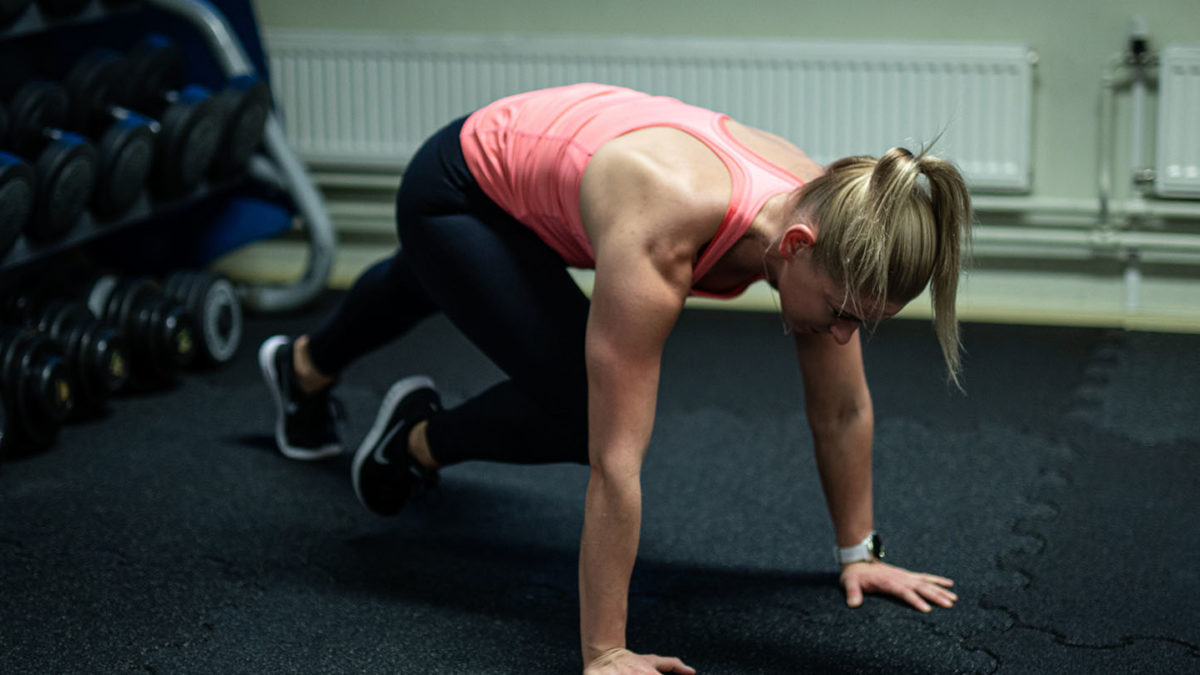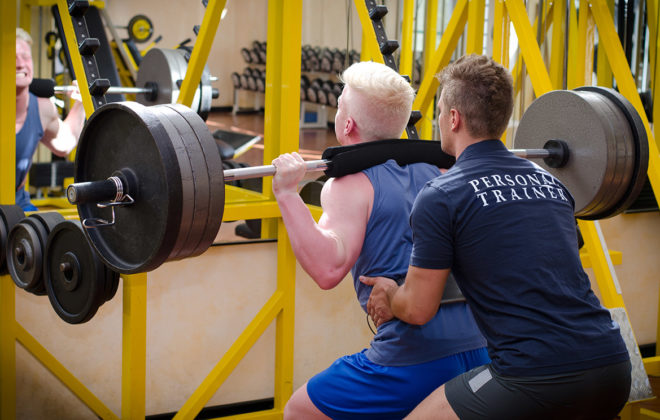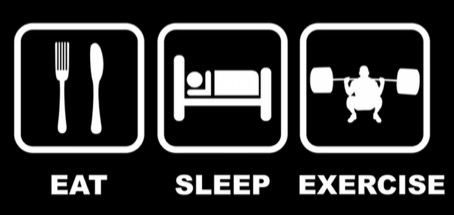5 popular bodyweight exercises and should we keep doing it?
Bodyweight training, that is, self-body training, is (according to ACSM) in the top 10 fitness trends for 2019. (1)
Back to basics? You could say. We are building a stable base for further continuation with external resistance or progression for more demanding positions with our own body.
When we talk about whether an exercise is good or bad, we are entering a complex area. Often you will get an initial answer from people who are longer in the area – it depends!
Good – for what purpose? For which person? What is the history of this person’s injuries? What is the goal? How important is that goal to her? What is the technique of doing this exercise? How often will he perform this exercise? Etc.
I believe that you understand the complexity of the topic and it is often ungrateful to characterize an exercise as bad without answering the questions above. A professional soccer player / weight lifter and fitness enthusiast has different goals, just like a 20-year-old injury-free and 70-year-old person with a back injury.
Below, I will briefly explain the benefits and potential dangers of individual exercises and provide training tips.
5 Popular BW Exercises, Should We Keep Doing Them?
I believe that when you ask your parents or people who are out of fitness one exercise for their abdominal muscles, the answer will usually be – tummy tucks. For the back – the backs! When you ask a fitness athlete for an exercise that is used to lose subcutaneous fat – Marines!
Are these exercises really that effective and should they continue to be done? This list includes exercises that can often be seen in training fitness enthusiasts (recreationists), at least one blog could be written for each exercise, so I will outline the basics and make recommendations for further reading on the topic.
- ABS
In recent years, fear of this exercise has been instilled in many trainers, with some even saying that even when tying your running shoes / getting out of bed, you should never flex your spine because of the potential for pain in the lumbar spine. Justified? Depends!
If you have flexion pain, avoid this exercise.
It is also recommended that you avoid exercises involving spinal flexion for at least 2 hours after bedtime because of the increased chance of disc prolapse. (2)
The function of the hull is primarily the stabilization and transfer of forces, not the production of force. Exercise is not necessary for building abdominal muscles. Focus on “anti” exercises (antiextension, antiflexion, antilateroflexia, antirotation).
If you already decide to do this exercise and have had no problems so far, do slower reps (at least 2 sec concentric and eccentric phase) in 6-15 reps in up to 3 batches. (2)
With low loads (such as paper from the floor), you can bend your back freely, but when lifting heavy loads and fast performance, a neutral position is a safer option. (3)
- BACK EXERCISE
As with tummy tucks, you need to ask yourself – and why? Is exercise necessary? If you choose to work though, the same rules apply as with your tummy.
A safer and more efficient option is, for example, a bird dog and rowing variants (eg on suspension straps) with the spine in a neutral position.
- PUSH UPS
Excellent exercise for developing predominantly muscular endurance (beginner and strength) provided it is performed properly. Not everyone should lower their chest to the floor (individual differences depend on the structure of the chest). (4) A safer option is to have the elbow end at body level (lower position). Furthermore, care should be taken to ensure that the hull remains in the neutral position.
- BURPEES
A common exercise that can be seen in various videos and gyms, with the goal of reducing subcutaneous tissue. On almost all group programs, you will always find at least one member with a poor performance. When exercising in as many reps as possible, it is difficult to maintain proper form (neutral spine and shoulder position) and increase the risk of injury. (5) It is safer to separate the exercise into a squat and a push and a jump separately.
In terms of calorie consumption, average values are:

(6)
* To convert to kg, multiply the body weight by 0.45.
An average value of 81 kg is consumed by a person of about 1.43 calories per repetition. The author states that an average of 10 repetitions are performed per minute, so we calculate that we consume about 214 calories in 10 minutes.
Let’s compare it to food: one banana has 105, and a Twix 250 calories. Nutrition is much more important in reducing subcutaneous fat, focus on proper performance in training and increase movement throughout the day.
- Hip thrust
Perhaps the most popular exercise today for fitness influencers.
Bret Contreras (the so-called glute guy) lists it as one of the best exercises for gluteus hypertrophy. (7)
When doing the other exercises, the same is true – be careful of the neutral spine position, especially in the final phase when hyperextension often occurs.
Also keep in mind that this is an exercise in which hip extension is performed, so be sure to include hip flexor training and exercises in your workout.




